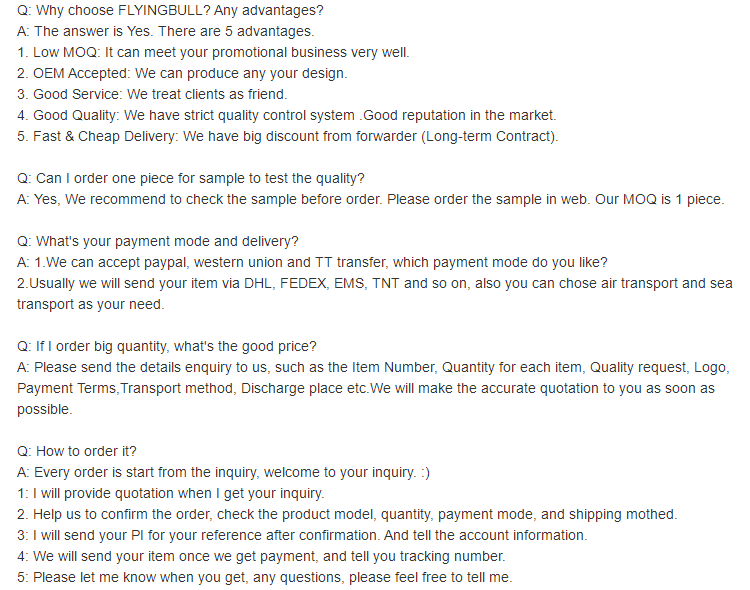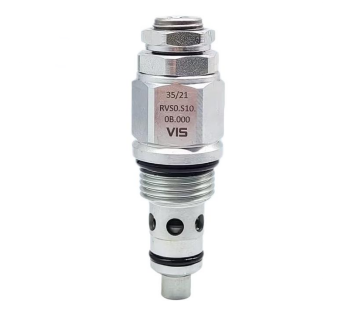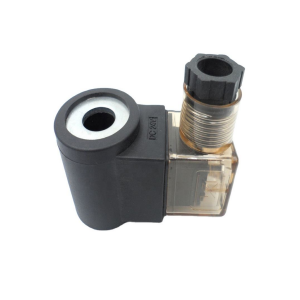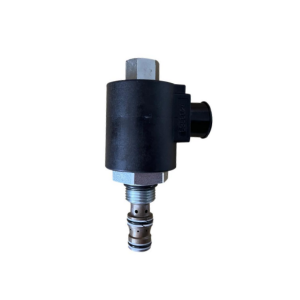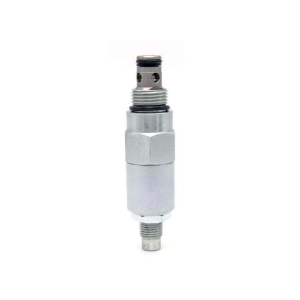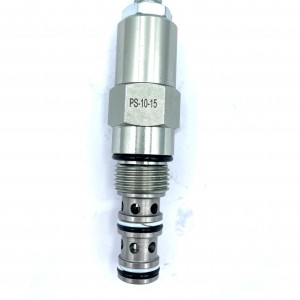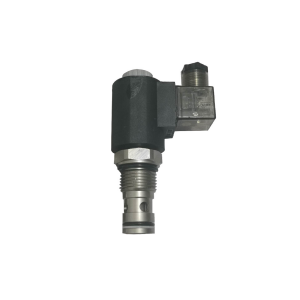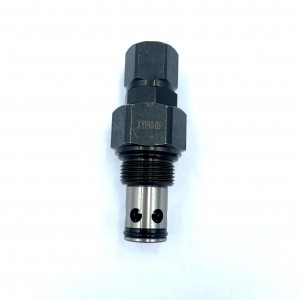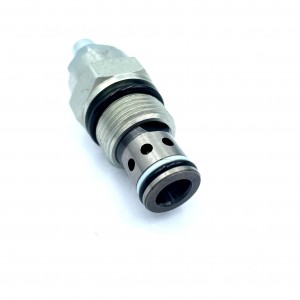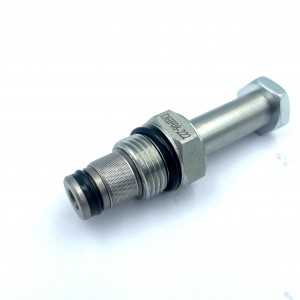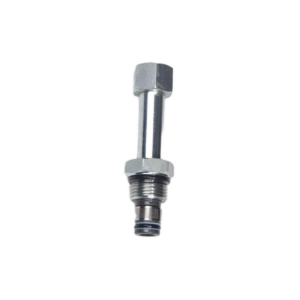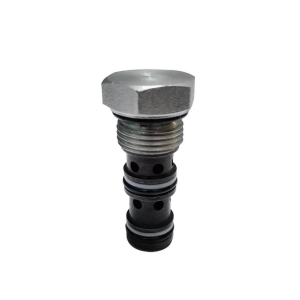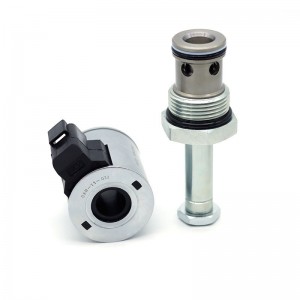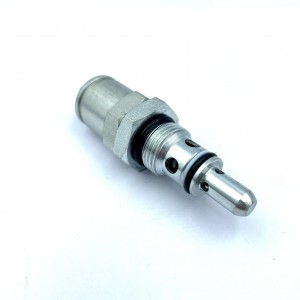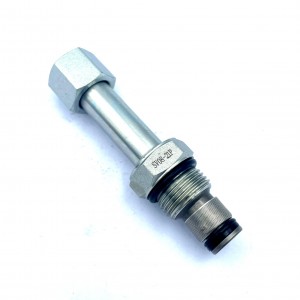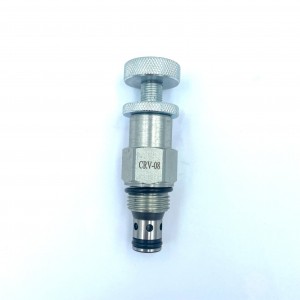Direct acting sequence valve PS08-32 cartridge valve Hydraulic valve
Details
Sealing material:Direct machining of valve body
Pressure environment:ordinary pressure
Temperature environment:one
Optional accessories:valve body
Type of drive:power-driven
Applicable medium:petroleum products
Points for attention
A brief analysis of the difference between direct acting valve and pilot operated valve
The direct acting valve and the pilot valve are divided according to the structure of the valve, the most basic difference between the two is that the direct acting valve has only one body, and the pilot valve has two bodies. One is the main valve body and the other is the auxiliary valve body. Among them, the main valve body is not much different from the direct acting type in structure; The auxiliary valve body is also called the pilot valve, which is actually equivalent to a small-flow direct-acting valve.
In principle, the similarities between direct-acting valves and pilot-operated valves are to control the opening and closing of the valve core through the imbalance of the force acting on the heart of the main valve (including oil pressure and spring force, etc.). The direct acting type is that the pressure oil (oil) of the system directly acts on the heart of the main valve and balances with other forces (such as spring force) to control the opening and closing action of the valve core; The pilot type changes the balance of the force acting on the heart of the main valve through the opening and closing of the auxiliary valve (pilot valve) valve core to control the opening and closing action of the main valve core. For the main valve core, because the pilot valve uses the auxiliary valve core to change the balance state of the main valve valve force, rather than directly by the inlet pressure to change the balance state of the main valve valve force, there is a direct "indirect" relative to the direct type of the name
Product specification
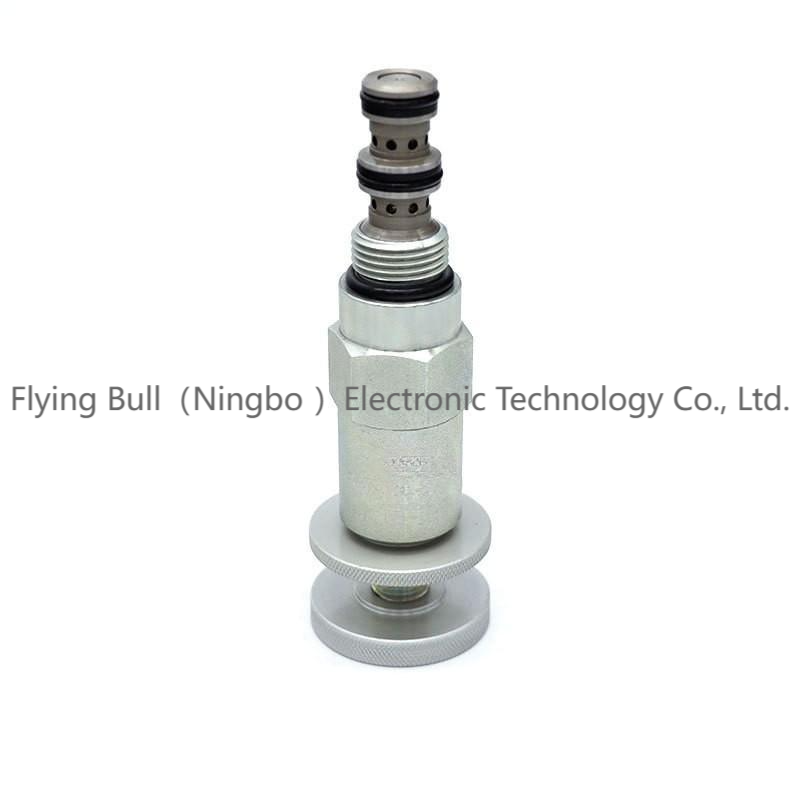
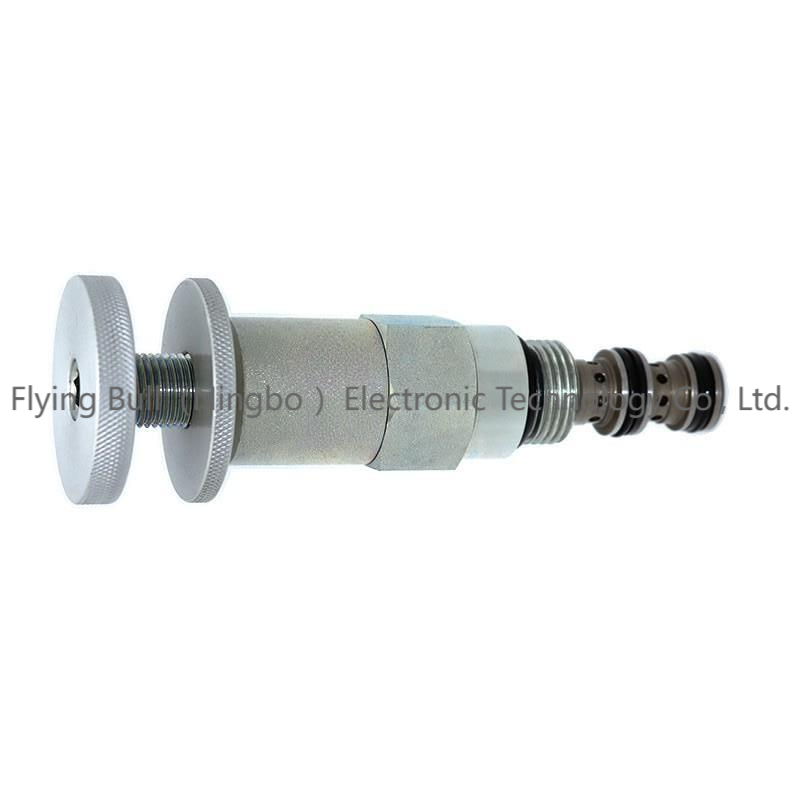
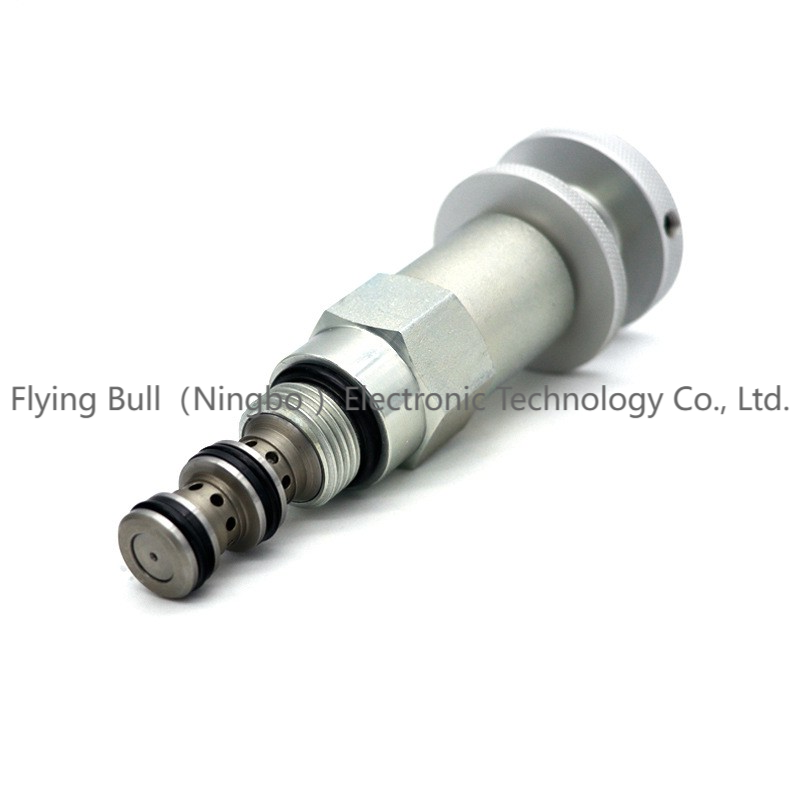
Company details






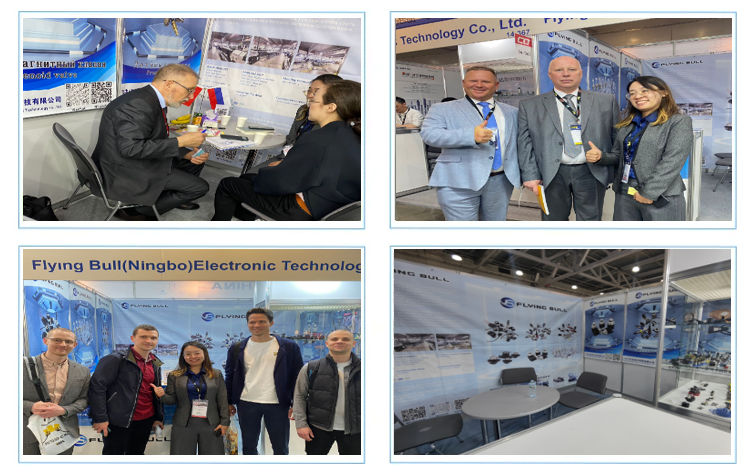

Company advantage
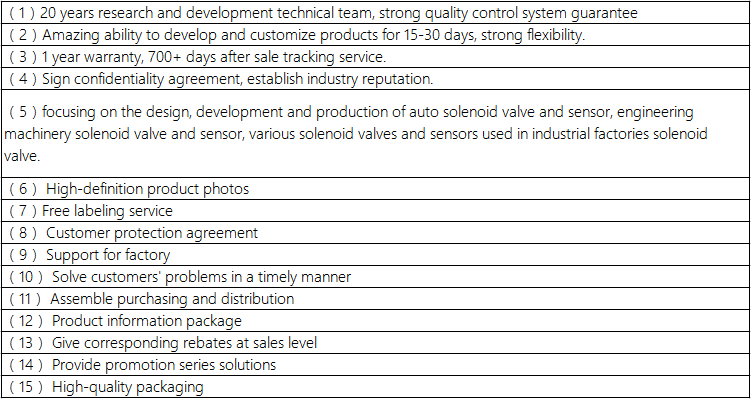
Transportation

FAQ
